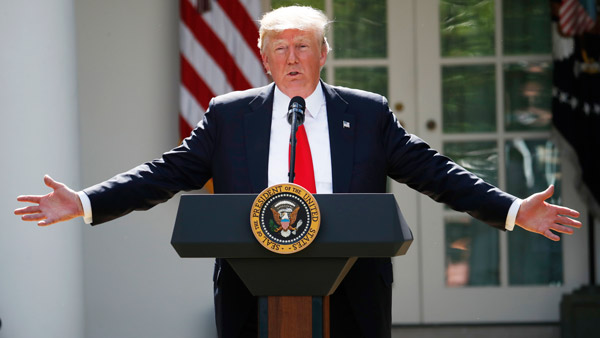
 (Photo: AP)
(Photo: AP)
Editor's note: This article first appeared in Human Capital, a newsletter by Washington Bureau Chief Melanie Waddell about the people who shape the financial regulatory space.
Welcome back to Human Capital! On Thursday, President Donald Trump released a National Cyber Strategy, and Securities and Exchange Commission Counsel Connor Raso recently reviewed Trump's big deregulatory push. How's it going? So far it's "one of inaction," Raso reports.
Trump's 40-page cyber plan aims to take "bold new steps" to protect the nation from cyber threats, and is hailed by the administration as "the first fully articulated" National Cyber Strategy released in 15 years, building on Trump's executive order "Strengthening the Cybersecurity of Federal Networks and Critical Infrastructure" signed last May.
But is the commander-in-chief's much-ballyhooed deregulatory push living up to its billing? Read on to see some of Raso's in-depth review, which he penned for Brookings.
Has Trump's Deregulatory Push Worked in Practice?
There's been little analysis of how Trump's executive order requiring agencies to eliminate two rules for every new rule has actually worked, Raso says.
With the order now 18 months old, Raso scoped out: How has the order actually affected rulemaking? Has it chilled regulation that imposes new costs altogether? Have agencies added new rules that impose costs while diligently eliminating old ones? Have agencies managed to skirt the order and issue rules that impose new costs without providing deregulatory offsets?



